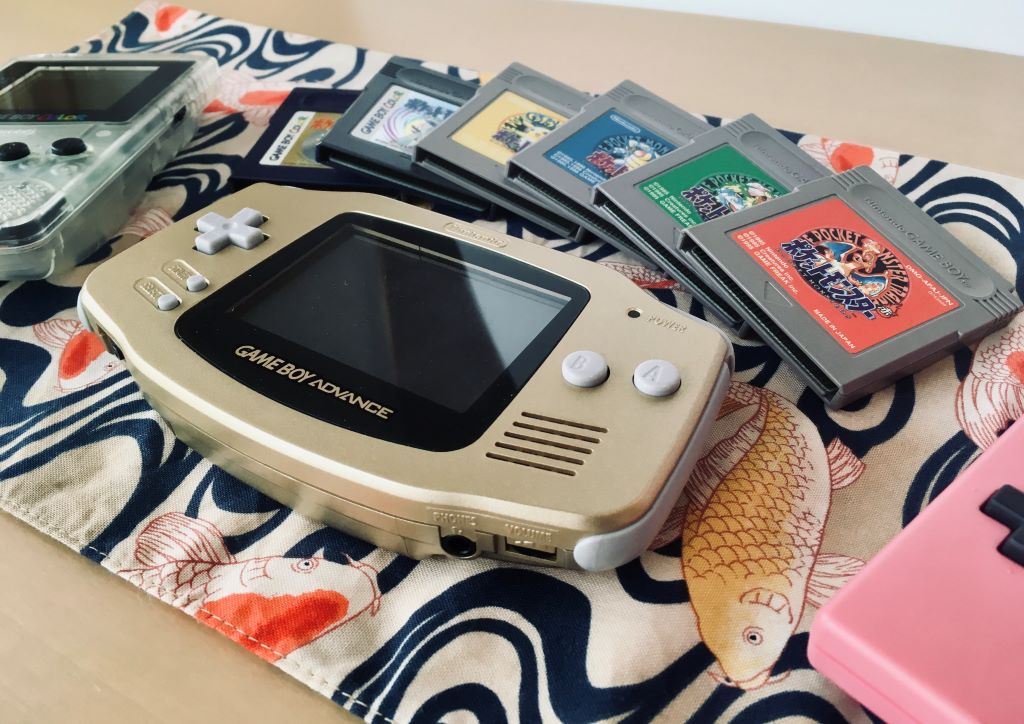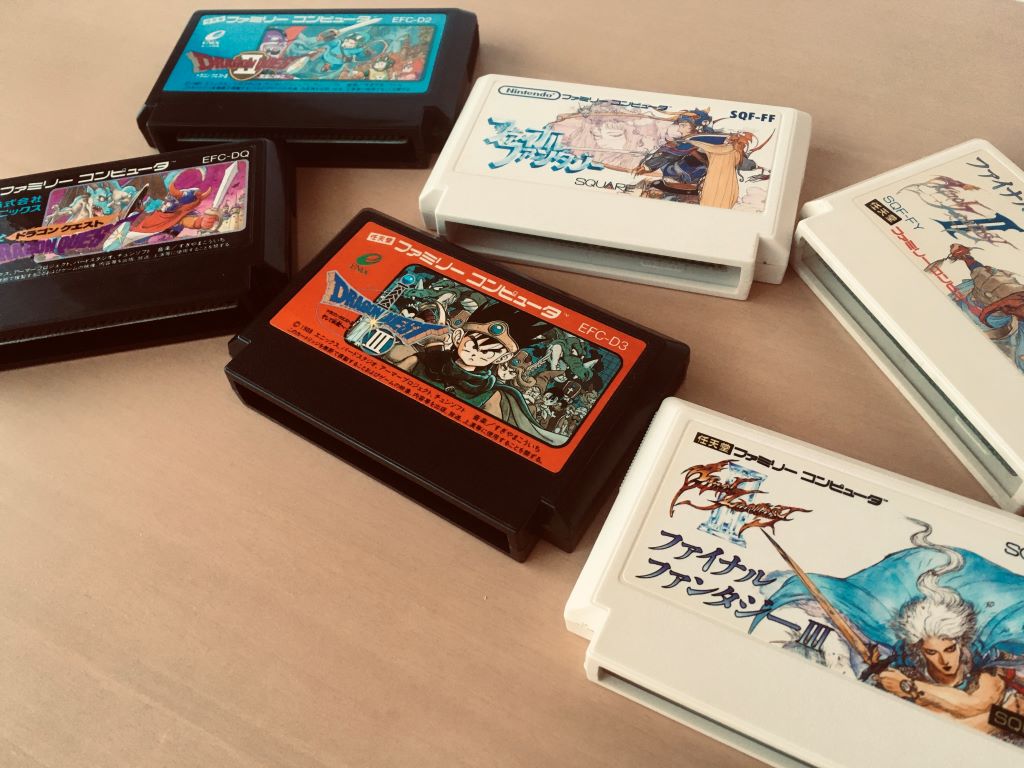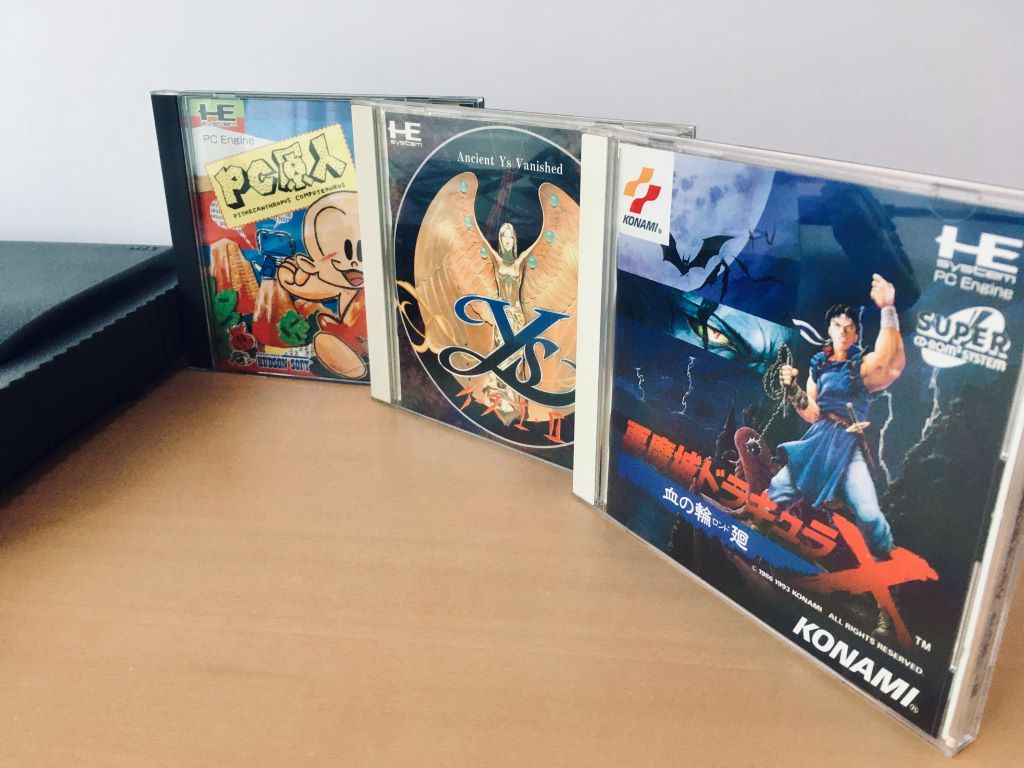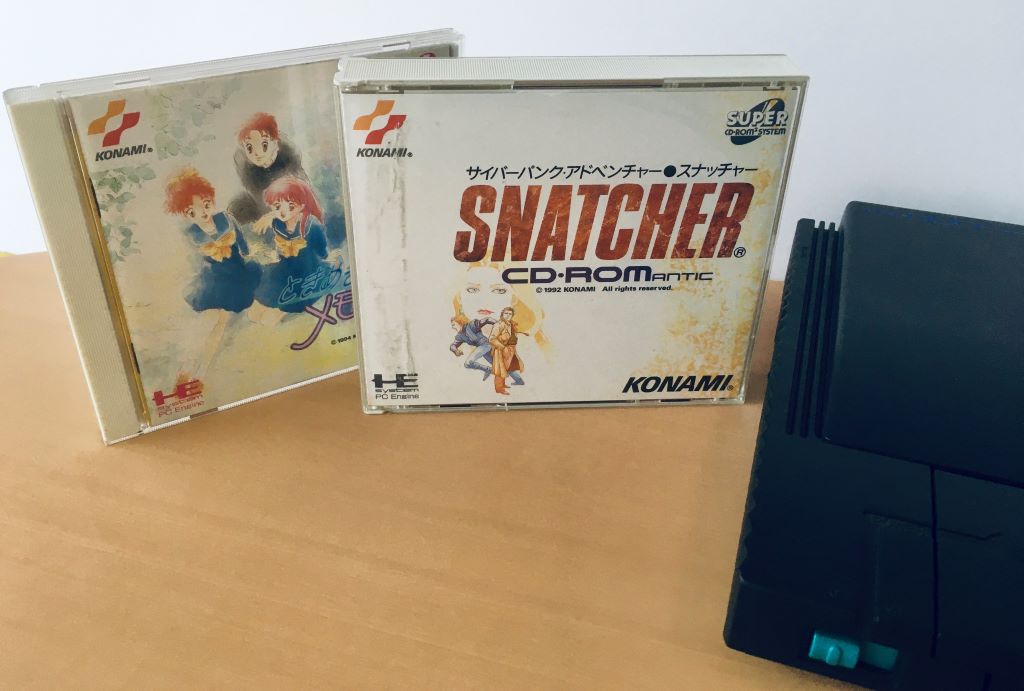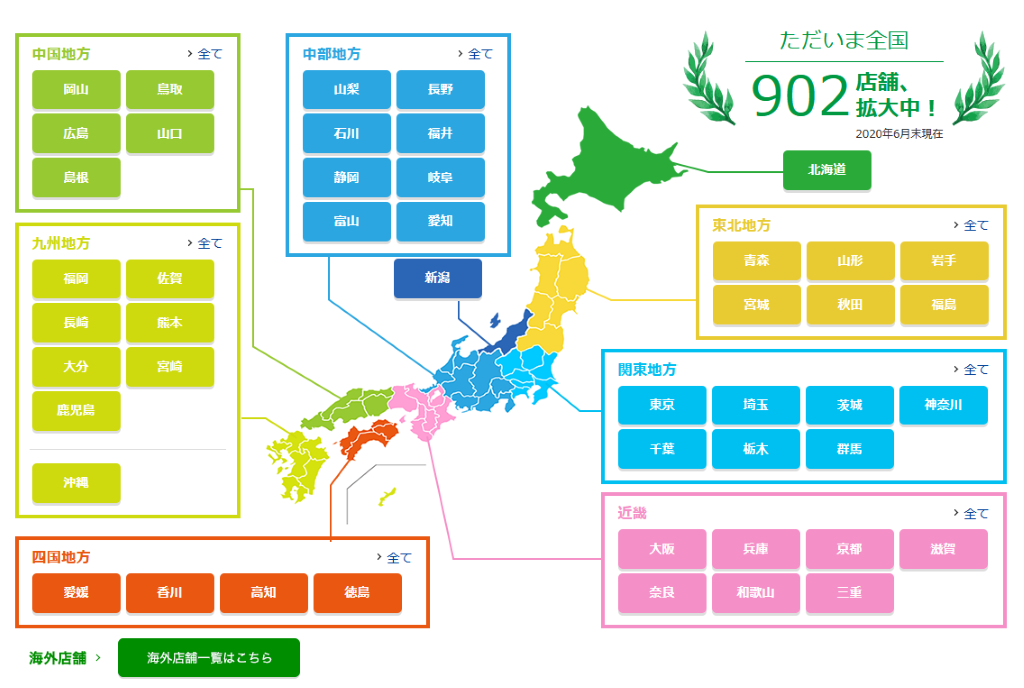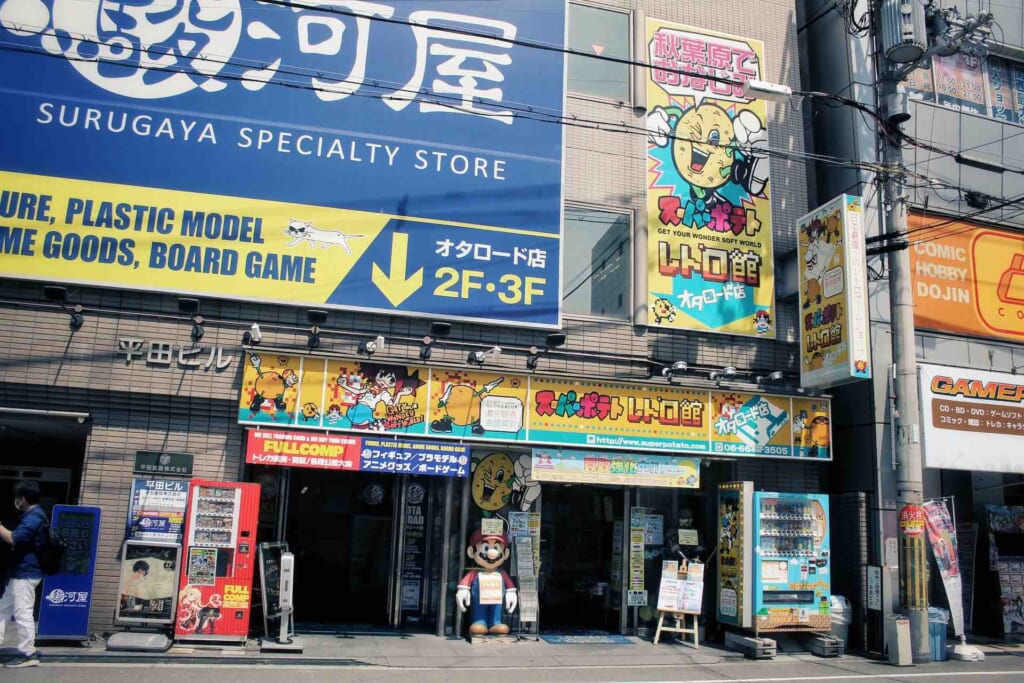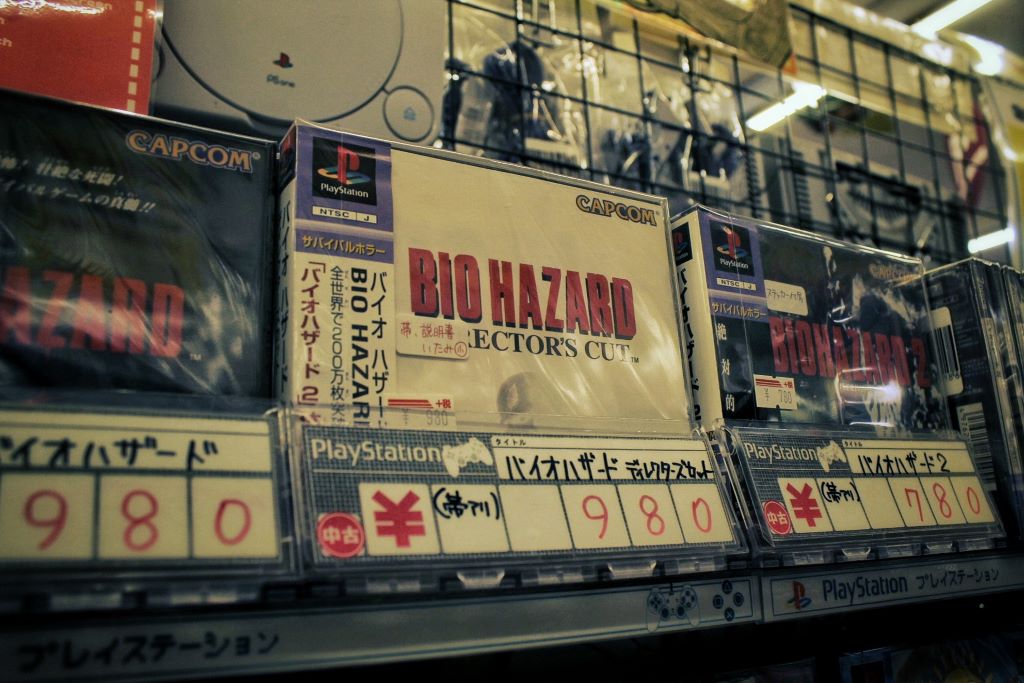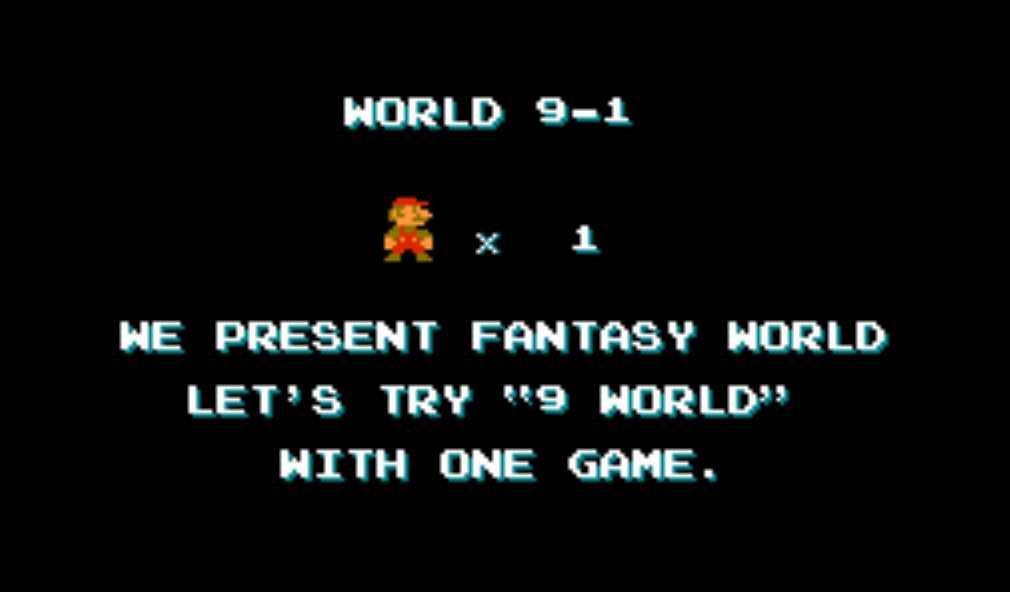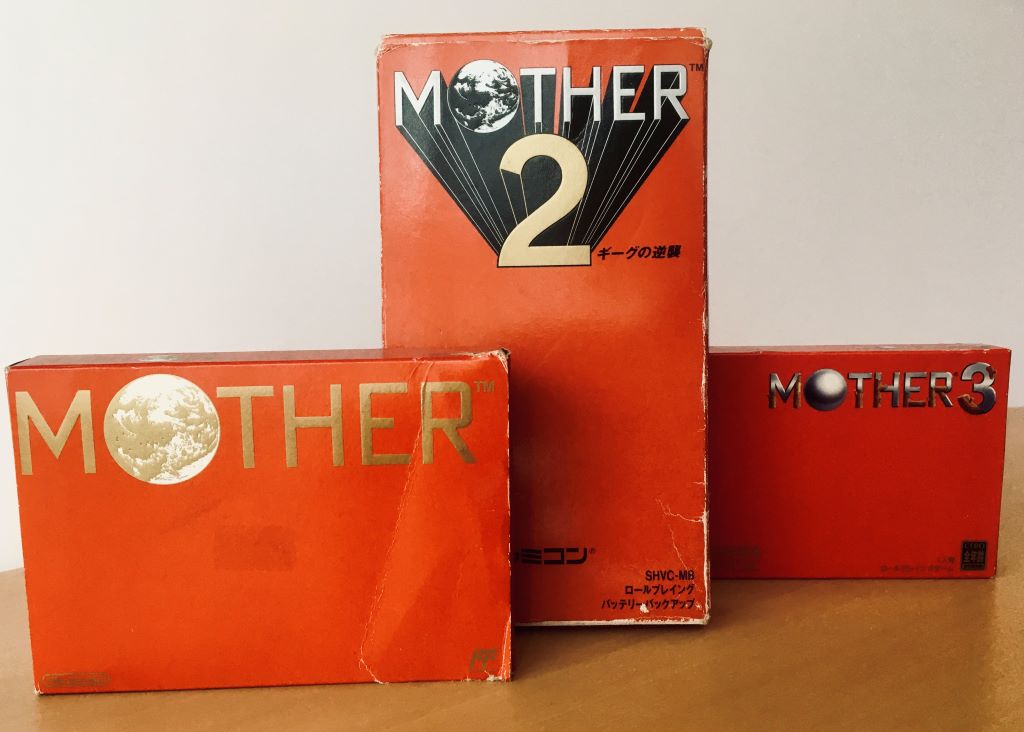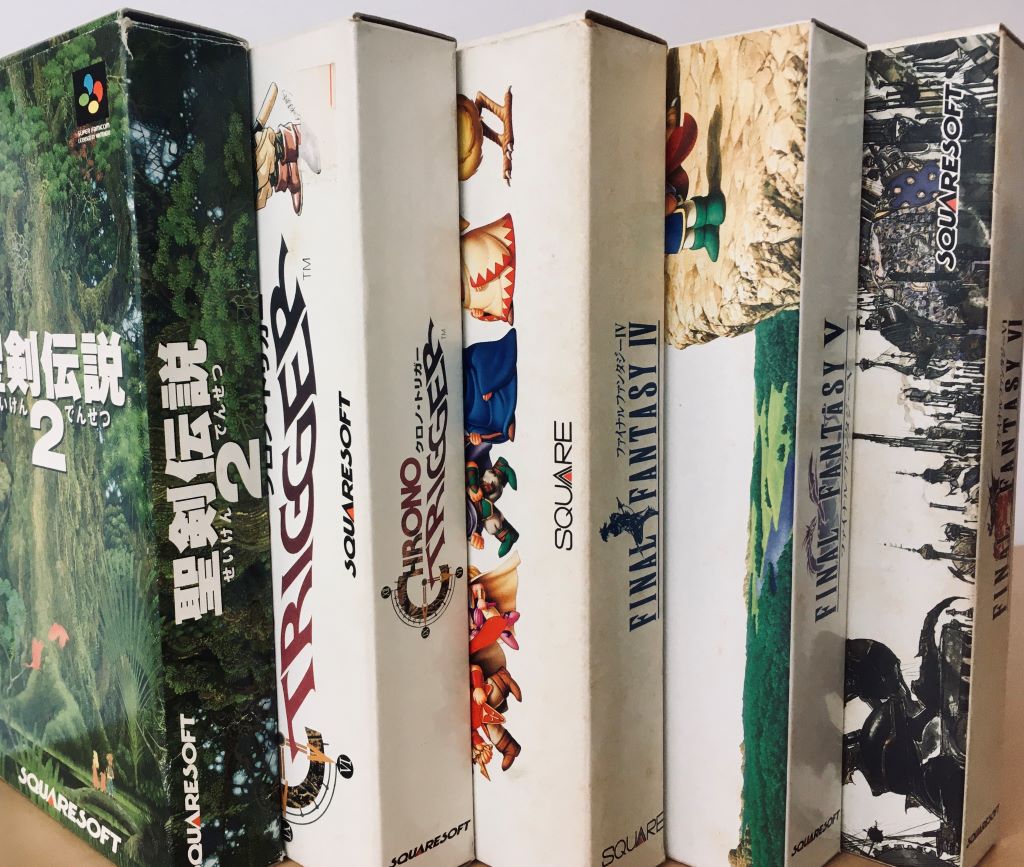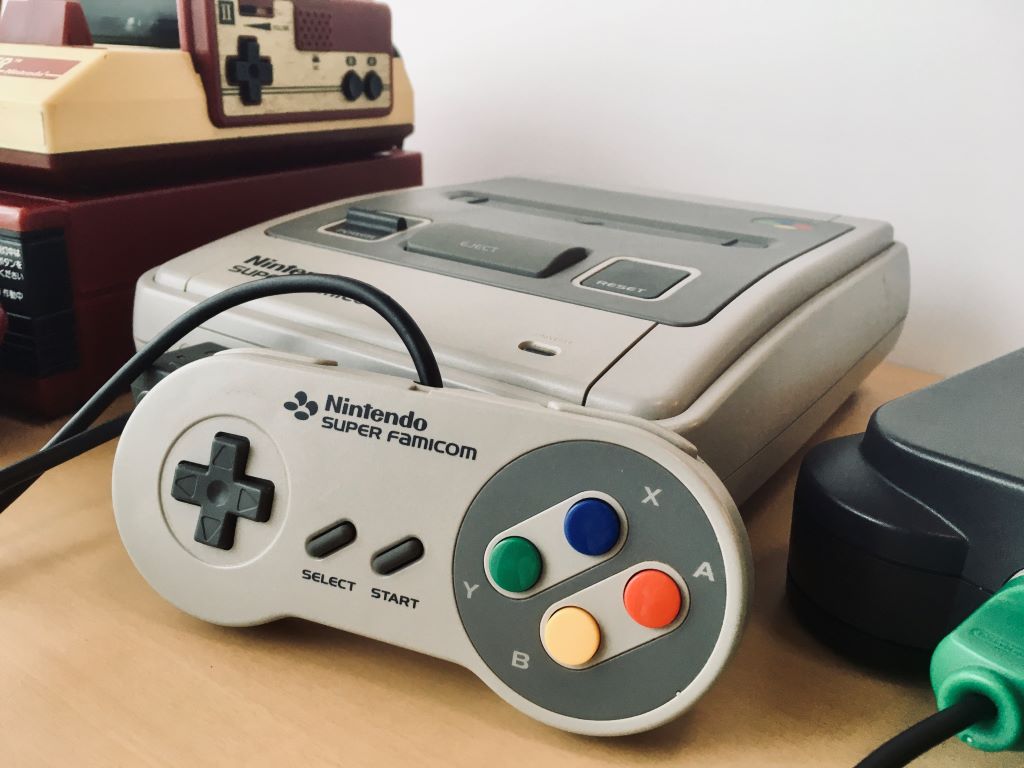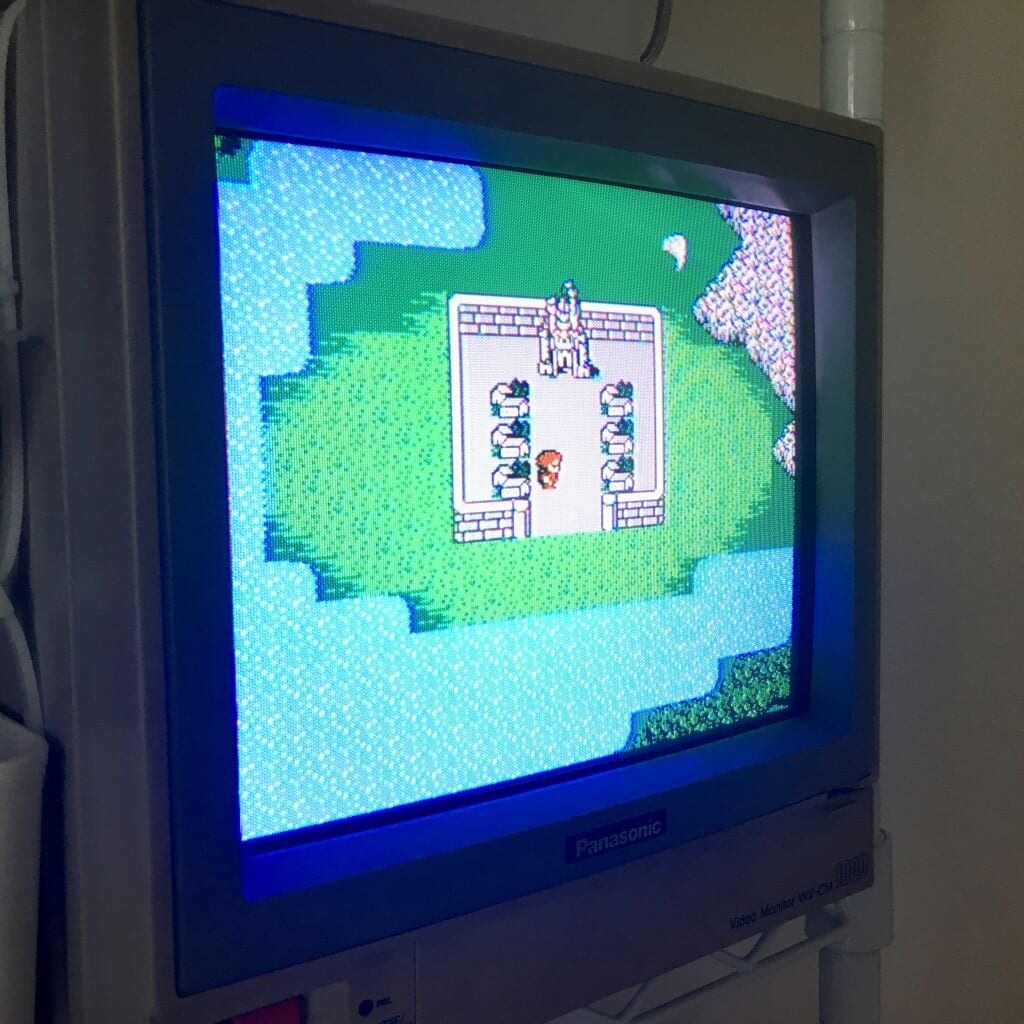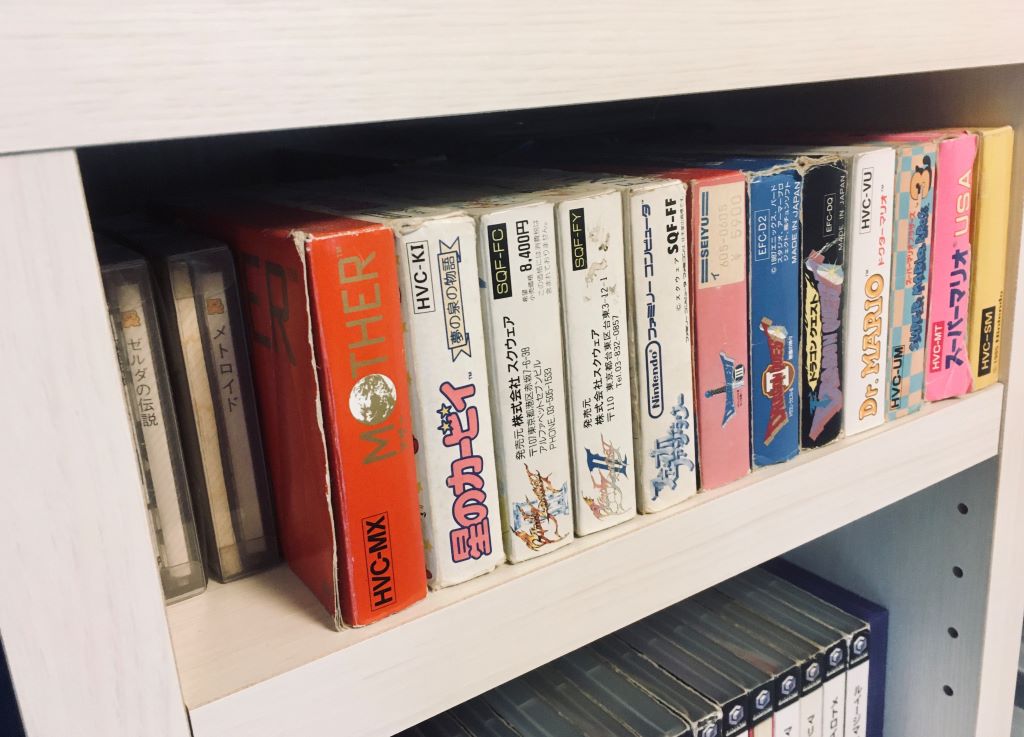If you grew up in the 80s or 90s, you are more than likely familiar with the Sega Genesis, or the Super Nintendo Entertainment System, or the PlayStation, or at the very least the ubiquitous term “Nintendo” that every mom seemed to apply to all of the above, plus some. With these 80s and 90s kids, myself included, now largely independent adults with a (debatable) amount of disposable income and a (perhaps less debatable) desire to revisit their childhoods, it’s no wonder that the demand for and interest in retro video game consoles are on the rise. And the explosive popularity of Nintendo’s miniaturized NES and SNES consoles, not to mention the swath of “me-too” re-releases of Sony’s PlayStation, Sega’s Genesis, and even NEC’s TurboGrafx-16 or digital releases of older Castlevania titles on PS4 and the inclusion of NES and SNES titles packed in with Nintendo’s online service for Switch, punctuates the point.
All of these releases for modern audiences provide a great outlet for those with a passing interest in older video games to temporarily indulge themselves, and they are certainly excellent to that end. But what about those who are looking for something with a bit more substance? For those with an interest in Japan, or in Japanese culture, this popularity boom sets the stage for a nostalgic and amazingly accessible opportunity for souvenirs and the fun that comes along with hunting for them on your next Japan trip! And so the case for retro game hunting in Japan comes in three points. Namely, these games and accessories from yesteryear can be: 1) shockingly inexpensive, 2) found all over Japan, and 3) fun to own!
1) Cheap Prices for Retro Games in Japan
So, where do we begin? Well, for many, one of the largest barriers to entry in the retro gaming scene is the price. In fact, that’s often one of the main draws to the recent miniaturized classic console boom, Nintendo’s own NES Classic Edition being released for just $59.99 US, or low-cost, digital re-releases like those found on most digital distribution platforms, such as Doom 64 for $4.99 US found for PC on Steam. While this barrier is certainly something to keep in mind for those deep into the collecting scene (copies of rare gems like Castlevania: Rondo of Blood for the PC Engine routinely go for more than ¥10,000), it’s much less of the investment it’s made out to be and doesn’t tend to be the expensive rabbit hole in Japan that it is in other parts of the world.
Notice how many 80s and 90s game and game console manufacturers and publishers are Japanese? Nintendo, Sony, Sega, Konami, SquareSoft, Enix (Square Enix!), Hudson, Sunsoft, the list goes on. This brings us to one important term when it comes to the Japanese retro game market: quantity. There are simply more games to choose from than in other countries and regions! More games sold, kept in dusty attics, then resold to consignment shops. The law of supply and demand in action here means more games and lower price tags!
If you’re not picky about having the original box or manual, classic games from the Dragon Quest (Dragon Warrior) and Final Fantasy franchises can be had for as little as ¥100 a pop if you know where to look!
A cursory glance at eBay and Yahoo Auctions, two of the leading auction websites in the United States and Japan, respectively, reveals just how startlingly true this can be. Don’t believe me? Just check out the search results for Earthbound and its Japanese equivalent Mother 2. Sure, look hard enough and you may find a copy of Earthbound that won’t break the bank, but you’ll still be paying several times that of your purchasing equivalent in Japan.
Generally speaking, unless you are concerned about getting the original packaging or you’re shopping at a location with high mark-ups, you can expect to pay anywhere from ¥100 to ¥2,000 for most popular games released for popular consoles (namely, most consoles released by Nintendo, Sega, and Sony). If your aim is just souvenirs, not playing the games, they can be found for even less. In fact, specialty shops like Super Potato even sell repackaged junk parts and software as collectibles for major discounts, like broken Japan-exclusive Famicom Disk System disks repurposed as key chains. As far as souvenirs are concerned, games can be among the least expensive of a tourist’s purchases.
2) Games, Games Everywhere
The second barrier is: Where do you begin looking?
Potential sellers in the other parts of the world, like North America, are limited by the geographical size of their respective areas in comparison to the limited quantity of games that exist to be sold, limiting many sales to small, specialty shops or online storefronts. On the other hand, Japanese games can be found not only at little mom n’ pop consignment shops (aptly referred to as “recycle shops” in Japanese) or specialty establishments like Super Potato and Surugaya that are centered around metropolitan areas like Tokyo and Osaka, but they can also be found at larger consignment chains like Book Off and Hard Off found nationwide.
Sometimes the least expensive find is also the most fun: the one buried in the shelves of a tiny shop you found in the middle of nothing-but-rice-fields rural Japan. One of my most memorable purchases was a Gamecube Game Boy Player for ¥200 (that’s less than $2 US!) that I stumbled upon shoved into the back of a narrow shelf in a Book Off in Kanagawa. And I still wonder to this day if I should have picked up that Wonder Swan I happened to spot at a Hard Off in Akita!
The point is, it isn’t a matter of where to begin looking, but whether to start! No matter what and where your plans are here in Japan, you’re bound to run into retro games if you’re determined. So don’t let the location hold you back: Just start looking!
3) Fun After You Get Home
The last and perhaps most significant barrier is: What do you do with your spoils after getting home? They’re all in Japanese, right? How are you supposed to play them without a couple of years of Japanese under your belt? And aren’t many of them playable only on Japanese hardware to begin with?
These are certainly valid concerns, but the right information and the right expectations can render them all non-issues.
For those with language-related concerns, consider the following:
Many retro games don’t require Japanese language skills at all!
Few would argue that the narratives presented in action, arcade, or platformer titles like Contra or Sonic the Hedgehog are necessary reading. Plus, software like the original Metroid has its progression designed more in terms of navigation and language-independent puzzles, and the Japanese versions of some games like the original Super Mario Bros. are even presented in English (as questionable as it can be at times).
(Players are shown this screen after completing all 8 main worlds in Super Mario Bros. 2, originally released exclusively in Japan for the Famicom Disk System.)
They can make a great Japanese language learning goal!
Nobody in their right mind will make the argument that software like Final Fantasy IV for the Super Famicom (Final Fantasy II for SNES in North America) makes good, modern study material (though if you want to speak like a cheesy, 90s fantasy hero, by all means, go ahead). However, video games do make an excellent and, most importantly, achievable goal. Finding something like this to strive for is often one of the most difficult elements of learning another language (take this from a self-taught translator).
You can use translation patches!
Though retro gamers tend to scoff at the questionable design and emulator code used in retro accessory manufacturer Hyperkin’s products, their RetroN 5 emulation box, and other systems like it, can allow you to use a real, physical cartridge, legally dump the code to play on your modern television set, and then apply fan-made translation patches. This can be a deal-maker for some collectors who, sure, might have a working copy of Earthbound on their SNES Classic Edition, but would just love to add a physical, playable copy to their collection without breaking the bank.
Getting Around Region-Restrictions
But what if you’re concerned about region-restriction? You might want to consider the following:
Some modern systems get around region protection.
I just mentioned the RetroN 5, but there are other software and hardware-based solutions that can bypass region restrictions, including CYBER Gadgets’ Retro Freak, Analogue’s line of Nintendo/Sega, premium, ultra-accurate clone consoles, and others.
Some systems aren’t region-locked at all!
For those in the United States or other areas that use the NTSC video format standard (sorry PAL regions, though some of this will still apply to people living in those areas), you may be surprised by how easy it is to get your Japanese pick-ups working back home! Consider the following Nintendo systems, for example:
- NES: The Japanese equivalent of the NES, the Famicom, uses entirely different cartridges, but here’s the kicker: All you need is a simple 60-to-72 pin adapter to get them to work! Slot in your game of choice and you’re good to go!
- SNES/N64: The Japanese SNES, the Super Famicom, and the Japanese N64 have a strange method for locking out foreign game cartridges: two little plastic tabs in the cartridge slot. If you don’t mind breaking a bit of plastic, just twist these off on your original system and you’re all set.
- Game Boy/Game Boy Advance: This is the best example. There is no region locking at all, so just slot in your game and get playing!
You can pick up a Japanese console together with your games!
You will need to double-check the electrical standards used where you live before plugging these in at home, but for those in North America, powering an import console is just a matter of plugging it into the wall! And, since the standard video output cables are also generally identical, just dig out an old CRT and plug her in!
Wait, you don’t have a CRT? You’ve moved on like the rest of the world? Thankfully, there has been a slew of products ranging from budget to luxury level designed for making retro games playable on modern displays. Check out RetroRGB for a centralized resource on products like the RetroTINK or the Micomsoft Framemeister.
Now, this might go without saying, but ultimately playing these games might not be the end-goal. Many people, myself included, derive a great amount of joy simply from displaying their collection on their shelves. As the saying goes, “It’s not the destination, it’s the journey.” A classic Japanese game cartridge on your desk, even if it never makes its way into a console’s cartridge slot, can serve to remind you of the time you spent in Japan looking for it, not to mention, present an opportunity to share your love of and experiences in Japan with others.
Whether you’re a die-hard collector or just have a passing interest, there are plenty of reasons and avenues for digging into retro games in Japan. If you find it to be up your alley, you may want to look into more resources on what to look for and some areas with particularly large troves of retro treasure, such as Den Den Town, Osaka’s “Akihabara”. You may even want to look more into specific ways to get these games onto your screen after getting home, in which case I recommend resources like RetroRGB and My Life in Gaming. But until then, just try taking a look on your next trip. Remember, it’s the journey, and the fun and memories that come with it, that matters!


